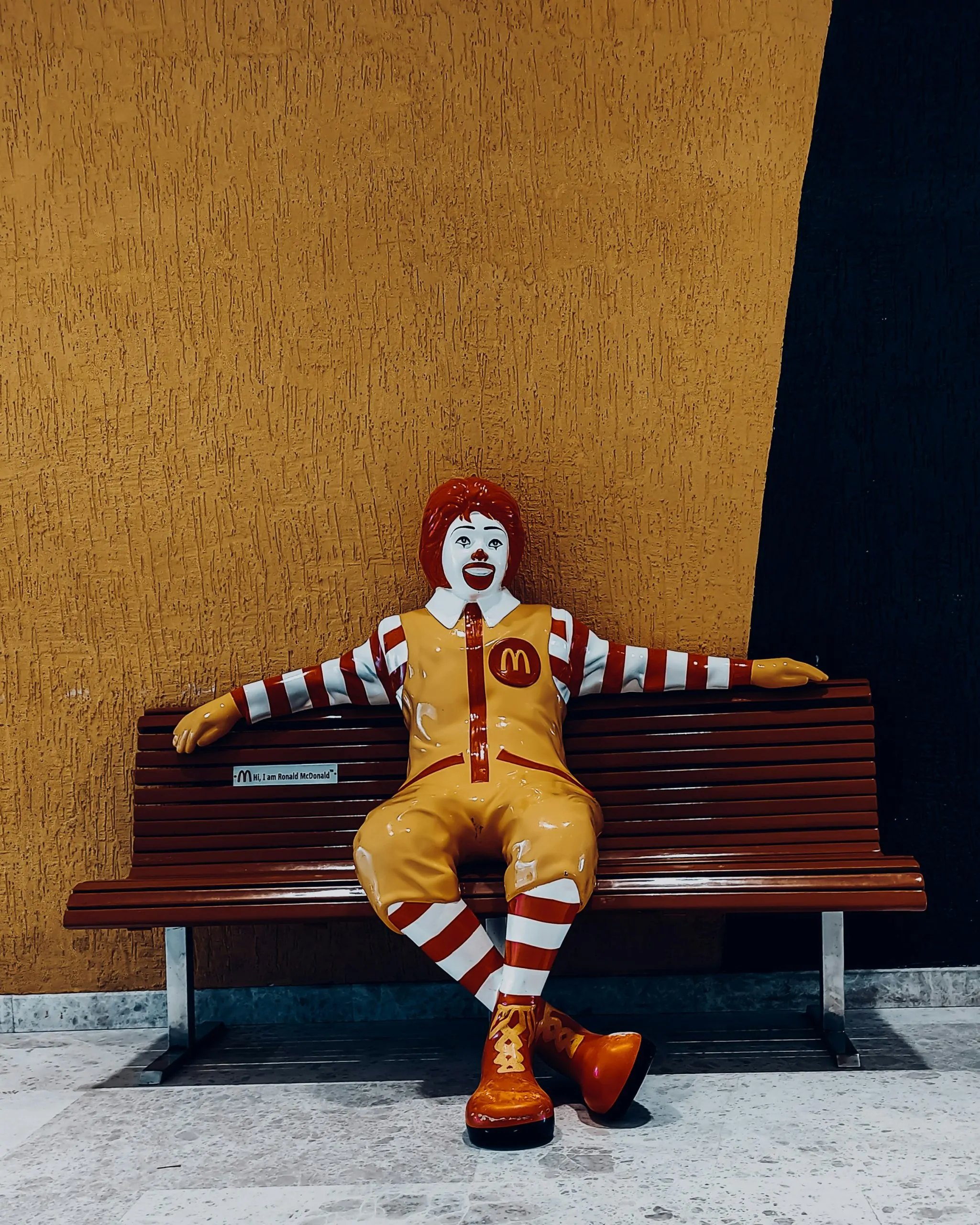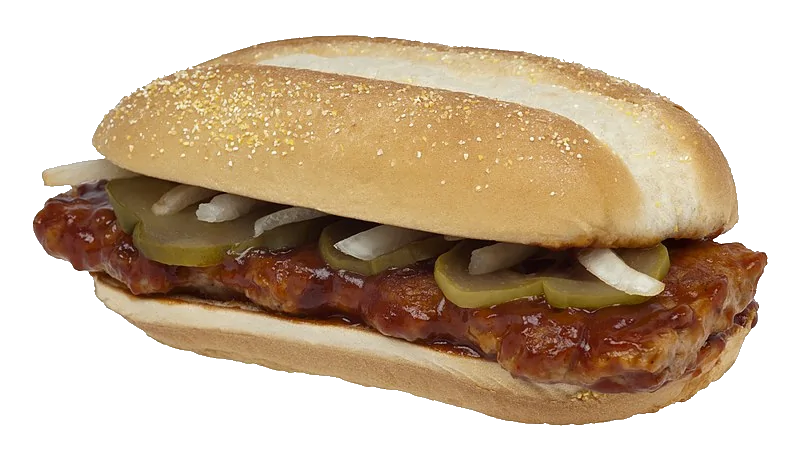
Photo by Eshak Angell on Unsplash
If you’ve ever found yourself chasing the McRib like it’s a fleeting legend, you’re not alone—and there’s a smart reason behind that rush. The truth isn’t just that the McRib vanishes because it’s unpopular—in fact, it’s all part of a deliberate strategy. By making the sandwich rare, McDonald’s builds hype, drives traffic, and keeps fans coming back for more. Understanding this gives you a window into how marketing mastery shapes your cravings. Let’s break down the real reasons why the McRib keeps disappearing—on purpose.
1. Scarcity Breeds Demand
McDonald’s knows scarcity sells—big time. Food-industry experts say making the McRib a limited-time offering keeps it exciting instead of ordinary. If it were always on the menu, “it would be like if Christmas was every day,” warns marketing professor Stephen Zagor. People crave novelty; scarcity gives them a strong reason to rush in—and post about it on social media. Essentially, McDonald’s turns the McRib’s limited availability into a powerful hook.
2. It Sparks Free Publicity
Hype doesn’t just happen on McDonald’s dime—it happens through fan obsession. Once the McRib returns, hashtag-hunting, memes, and Reddit chatter explode—earning the brand massive earned media. In fact, McRib fanatics track every sighting, post receipts, and use locator apps to spread the buzz. The sandwich’s absence becomes part of its marketing, and fans become the unpaid advertisers. It’s a rare win-win when customer obsession fuels demand.
3. Pork Price Plays Its Part

By Evan-Amos – https://en.wikipedia.org/wiki/McRib, Public Domain, Link
There’s more than marketing at play—sometimes the McRib disappears because the supply chain says so. McDonald’s rolls out the sandwich when pork shoulder prices dip, making production more profitable. If pork trimmings get expensive, the company minimizes waste by pulling the McRib until costs stabilize. This flexible release schedule helps protect margins while preserving the sandwich’s appeal.
4. Emotional Farewell Tours
Remember when McDonald’s held a “McRib Farewell Tour”? Fans did—and it wasn’t really farewell. These faux goodbyes capitalize on emotional urgency, driving people to act fast—even if they’ve heard it’s not truly final. Calling it a goodbye makes repeat appearances feel like minor betrayals—but in the smartest way possible. Those who fall for it say goodbye; others just set a reminder for next year.
5. A Long History of Brief Returns
The McRib debuted in 1981 but flopped and vanished four years later. Since then, McDonald’s has resurrected it multiple times—each time via short-term runs and regional promotions. Now, it typically returns annually in the fall—but only for weeks, not months. That pattern turned a flop into a cult icon by creating anticipation around the next reappearance.
6. It Drives Sales Without Permanent Clutter
Limited-time items like the McRib let McDonald’s test demand without cluttering menus year-round. Over time, menu complexity eats into efficiency and profitability. The McRib generates sales spikes—like a marketing reset button—without overstaying its welcome. It’s a classic case where less is more: fewer items, more buzz, and healthier returns.
The McRib: Not Just a Sandwich—A Marketing Legend
The McRib isn’t just another menu item—it’s a carefully crafted pop-culture phenomenon built on scarcity, strategy, and seasonality. It vanishes not as a failure but as an intentional stroke of marketing genius—reinventing itself year after year. Whether driven by pork prices or media stunts, McDonald’s knows better than to keep it around forever. After all, the legend lives best in the hunt—not in the takeaway bag.
Have you ever chased the McRib or stocked up like a fan? Share your best “McRib hunt” story—and whether the sandwich lived up to the hype—in the comments!
You May Also Like…
- 8 Fast-Food Ingredients That Have Quietly Been Pulled in Multiple States
- 9 Restaurants Claiming “Fresh Ingredients” but Serve You Yesterday’s Leftovers
- 7 Fast-Food Menu Hacks Employees Secretly Hate
- 7 Restaurant Promotions That Had to Be Pulled After Complaints
- 10 Restaurant Chains That Switched to Cheaper Ingredients
